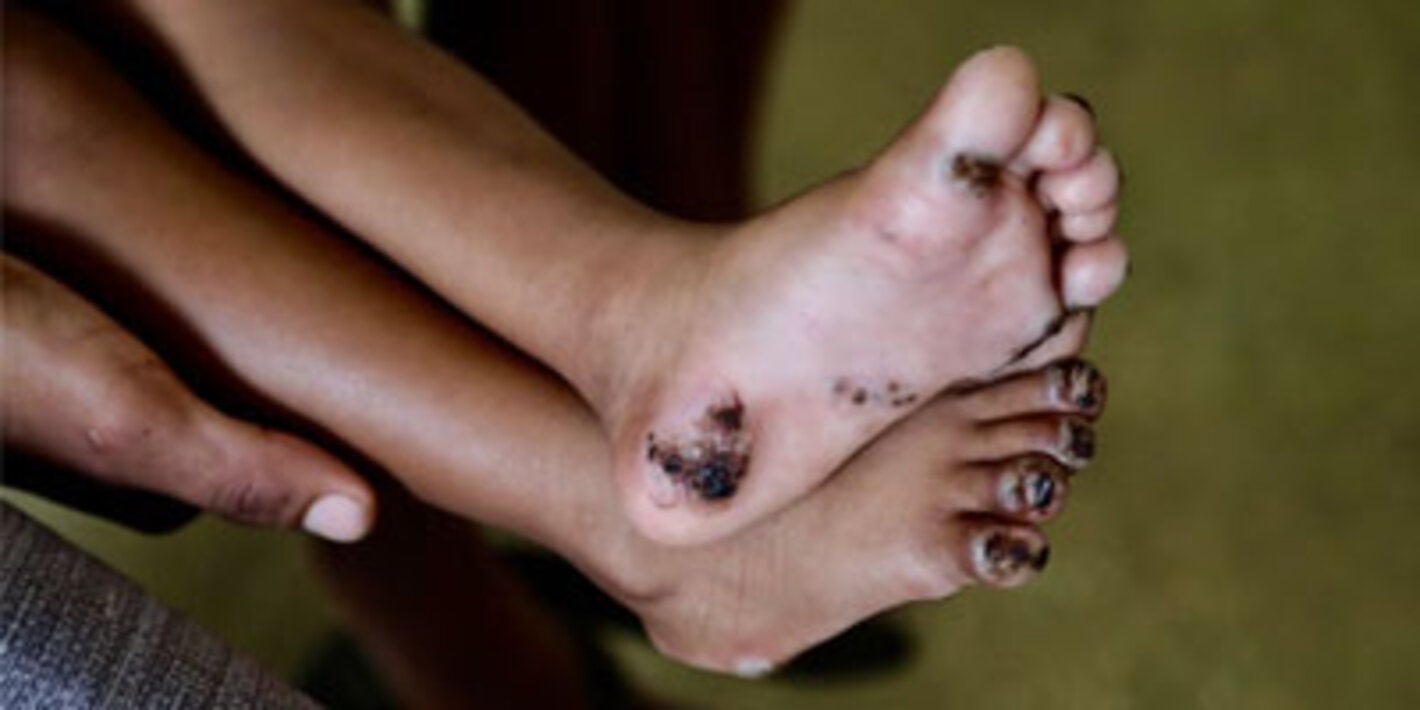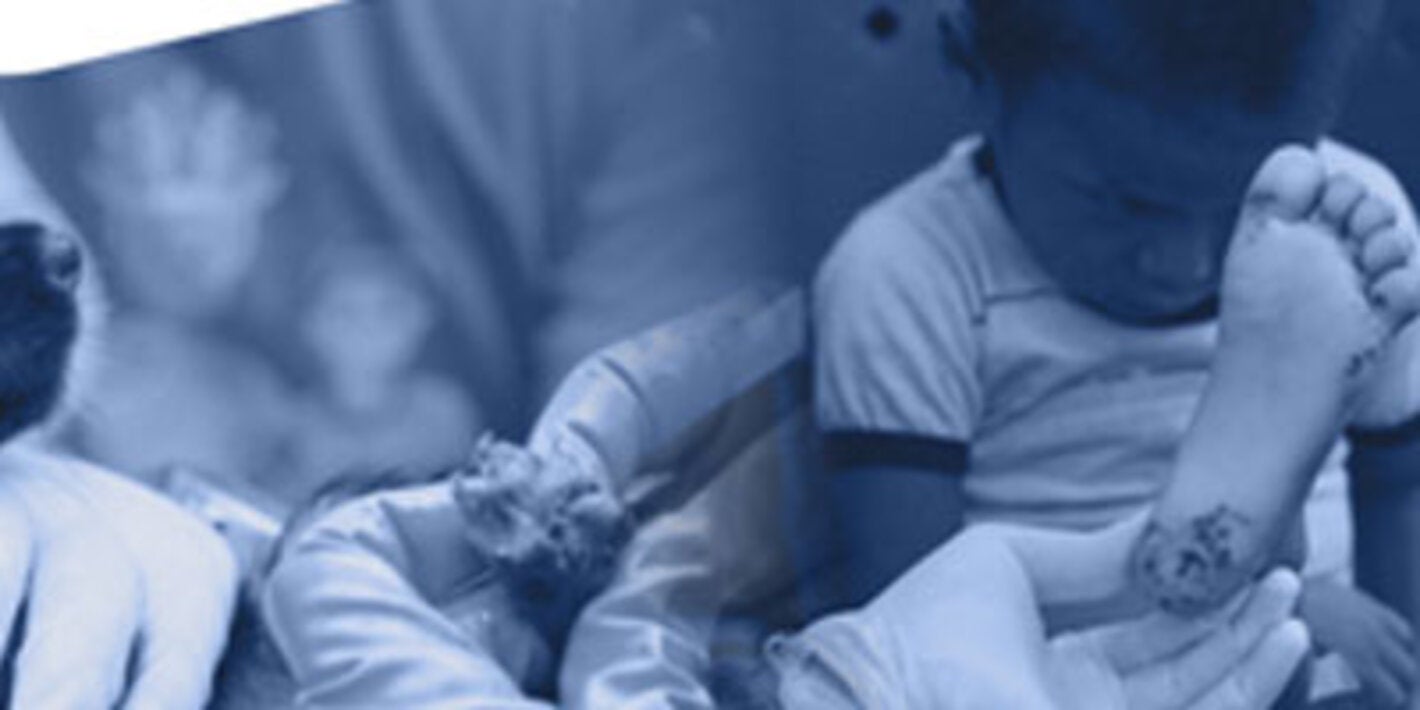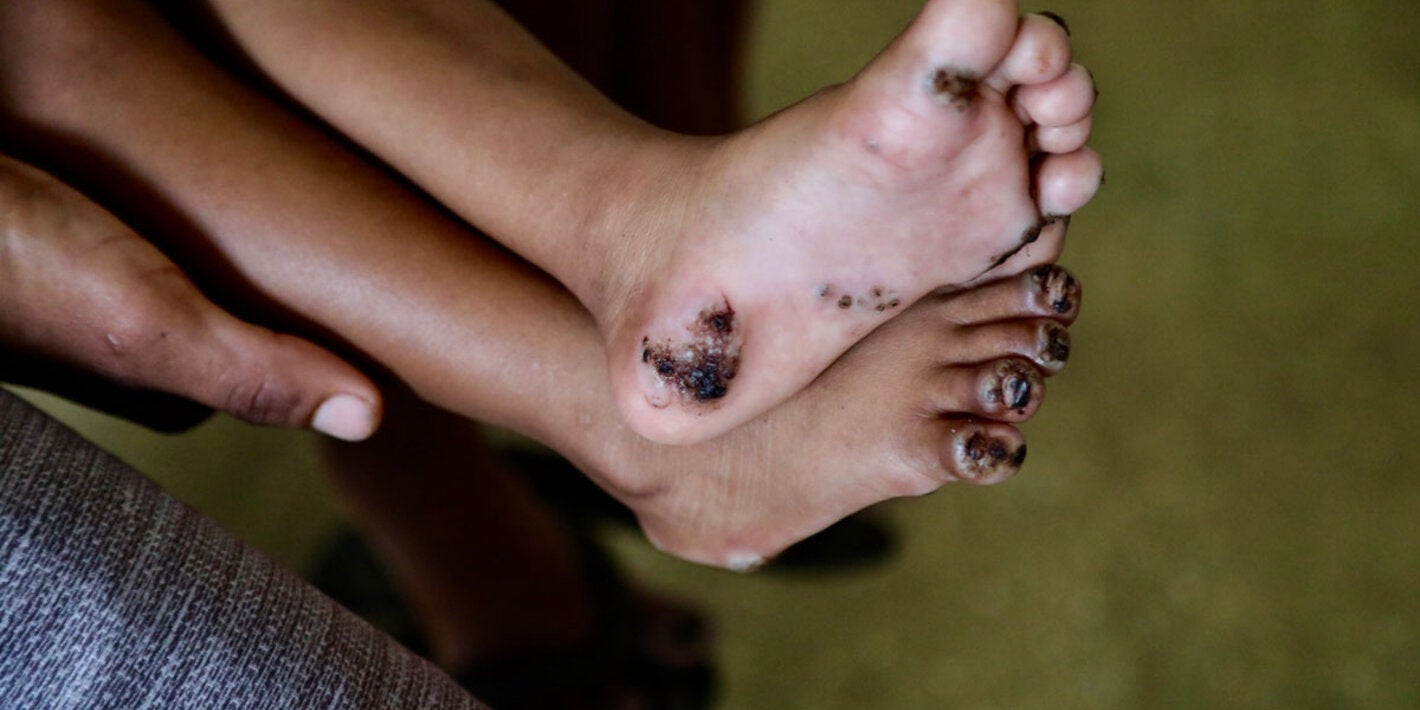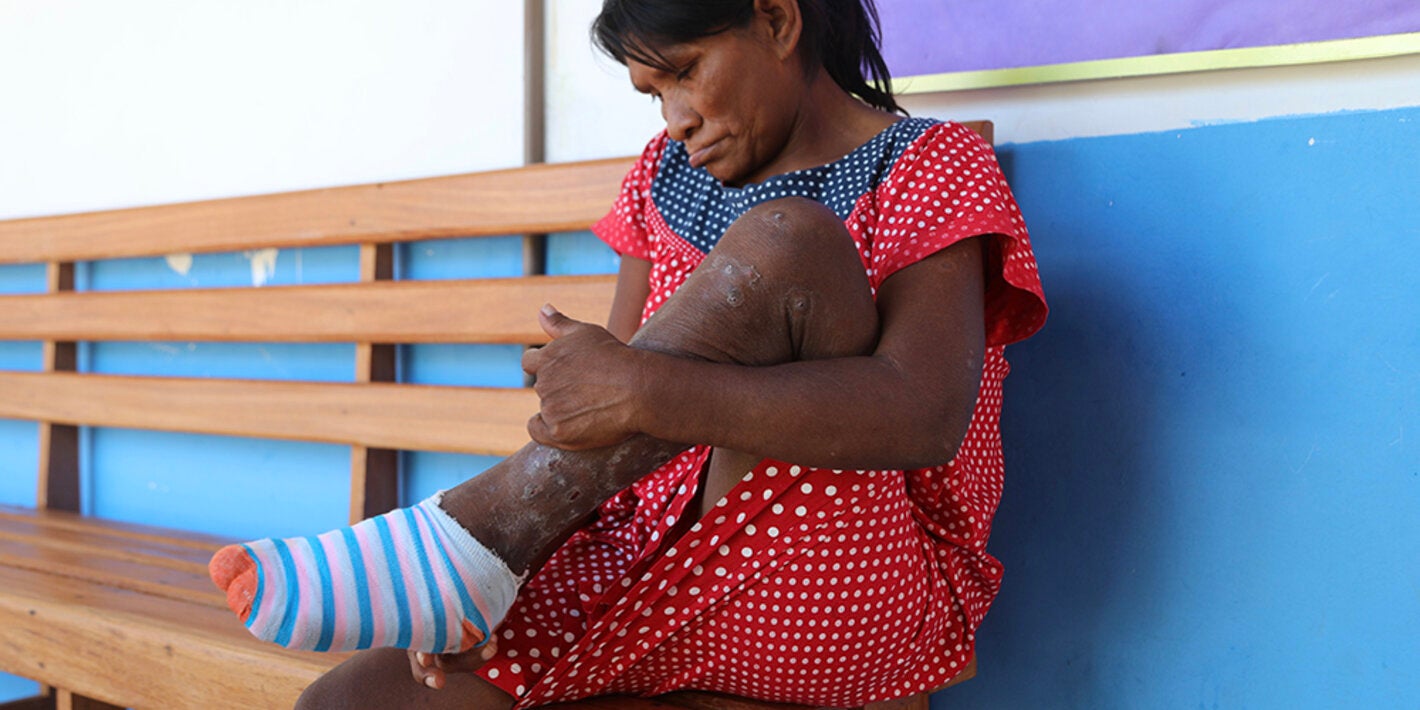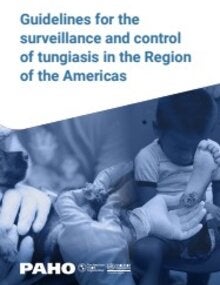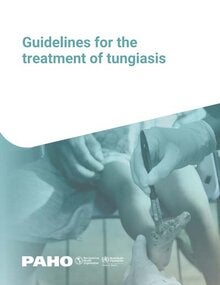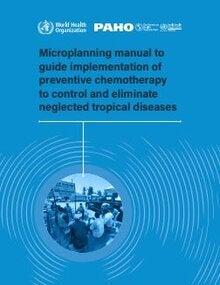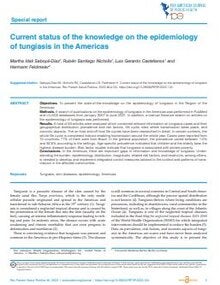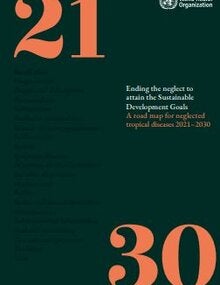SUBMENU
Ectoparasites are pathogens that usually infect only the superficial layers of the skin. Although the term ectoparasites can broadly include temporarily blood-sucking arthropods such as mosquitoes, this term is generally used more narrowly to refer to pathogens such as ticks, fleas, lice, parasitic flies and mites that attach or burrow into the skin and remain there for relatively long periods of time.
Among the ectoparasitoses there is a family of diseases of importance in public health denominated epidermal parasitic skin diseases. The parasitic diseases in this group bear the characteristic that in parasite-host interactions are confined to the upper layers of the skin. They are prevalent in resource-poor settings and are associated with important morbidity.
Reliable data on the epidemiology, immunology, and therapy of epidermal parasitic skin diseases and on the biology of the pathogens remain scarce. Whereas pediculosis and scabies are ubiquitous, cutaneous larva migrans and tungiasis (sand-flea disease) occur mainly in hot climates. The prevalence of ectoparasitoses in the general population is usually low but can be very high in vulnerable population groups.
Epidermal parasitic skin diseases occur sporadic, endemic, or epidemic. The prevalence of ectoparasitoses in the general population is low, but can become high in vulnerable groups. For example, tungiasis usually affects less than 1% of the population in an endemic area, but in economically disadvantaged communities prevalence in children can be up to 80 %. In some indigenous populations in the Amazon rain forest, nearly all individuals have head lice. Stigma, lack of access to health care and risk behavior are the reasons why epidermal parasitic skin diseases frequently progress untreated and why in resource-poor populations severe morbidity is common. The ongoing uncontrolled urbanization in many developing countries makes it likely that this group of diseases will remain the overriding parasitic diseases for people living in extreme poverty. Ectoparasitoses of interest in public health were included as part of the diseases for which the regional epidemiological situation needs to be assessed.



